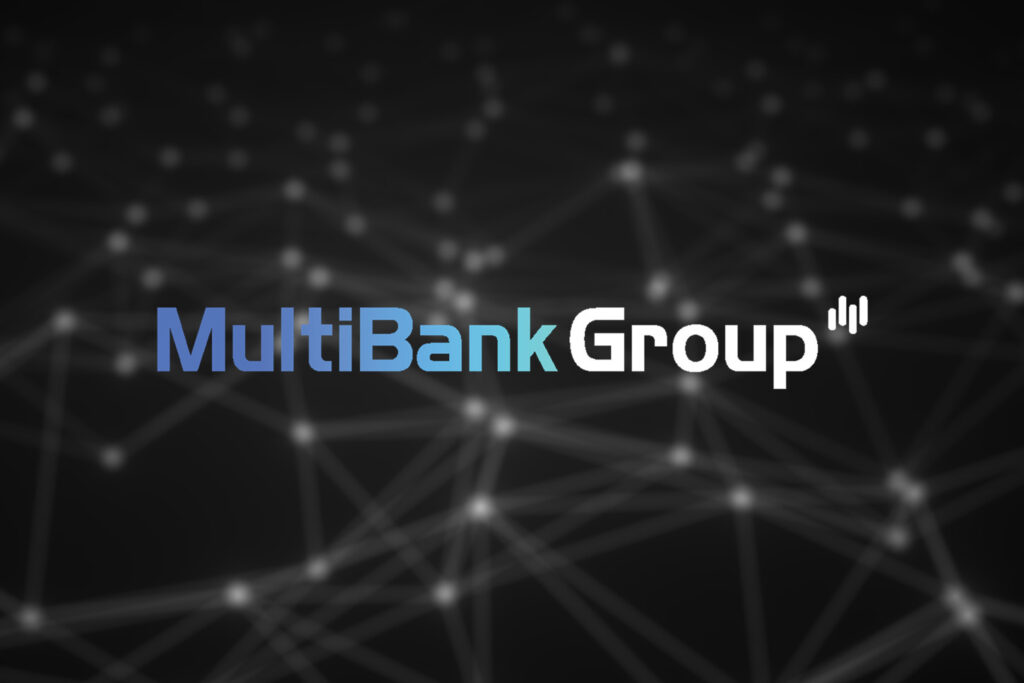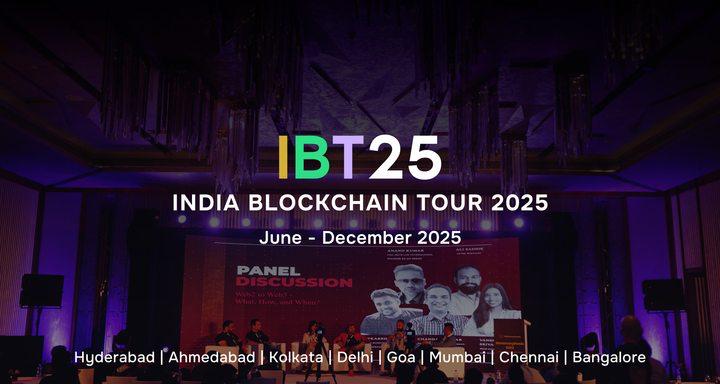Introduction
In the digital landscape of WEB 3, social engineering attacks pose a significant threat to the security and integrity of decentralized systems. This article provides an overview of social engineering attacks, explores their impact on WEB 3, and emphasizes the importance of protecting against manipulation in decentralized networks.
Social Engineering Attacks
Social engineering attacks involve the manipulation of human psychology to deceive individuals and gain unauthorized access to sensitive information or systems. Examples of social engineering attacks include phishing, pretexting, and baiting. Understanding the psychological manipulation techniques employed by attackers is crucial to recognizing and preventing these attacks.
Impact on WEB 3 and Decentralized Systems

Social engineering attacks can have severe consequences in the context of WEB 3. By manipulating individuals, attackers can gain unauthorized access to decentralized applications, compromise cryptographic keys, or deceive users into performing unintended actions. These attacks undermine the trust, confidentiality, and integrity of decentralized systems.
Protecting Against Social Engineering Attacks
Protecting against social engineering attacks requires a multi-faceted approach. Consider the following strategies:
- User Awareness and Education: Educating users about common social engineering techniques, warning signs, and best practices helps them recognize and respond appropriately to potential attacks. Promoting a culture of skepticism and critical thinking is crucial in mitigating social engineering risks.
- Implementing Strong Authentication Mechanisms: Enforcing strong authentication measures, such as complex passwords, biometric authentication, and hardware security keys, adds an additional layer of protection against social engineering attacks.
- Securing Communication Channels: Encrypting communication channels, utilizing secure messaging applications, and implementing digital signatures enhance the confidentiality and integrity of communications, reducing the risk of manipulation.
- Multi-Factor Authentication: Implementing multi-factor authentication (MFA) mechanisms, such as SMS codes, authenticator apps, or hardware tokens, adds an extra layer of security by requiring multiple forms of verification for access to sensitive information or systems.
Impersonation Attacks
Impersonation attacks involve attackers posing as legitimate individuals or entities to deceive users and gain unauthorized access to sensitive information. Consider the following additional insights:
- Working Mechanism: Attackers may impersonate trusted individuals, such as team members, customer support representatives, or authority figures, to manipulate victims into revealing confidential information or performing harmful actions.
- Prevention Measures: Implementing strong identity verification processes, utilizing secure communication channels, and promoting user skepticism towards unsolicited requests can help prevent impersonation attacks. Additionally, maintaining clear channels of communication and educating users about verification protocols can enhance protection.
Social Engineering in Social Media
Social media platforms provide fertile ground for social engineering attacks due to the vast amount of personal information shared and the inherent trust between users. Consider the following points:
- Phishing and Clickbait: Attackers often employ social engineering techniques, such as phishing emails or clickbait links, to trick users into divulging personal information, downloading malicious files, or visiting compromised websites.
- Protection Measures: Users should exercise caution while interacting on social media platforms, avoid clicking on suspicious links, regularly review privacy settings, and be wary of sharing personal information with unverified individuals or accounts.
Secure Password Practices
Strong password practices are essential in protecting against social engineering attacks. Consider the following insights:
- Password Hygiene: Encouraging users to create unique, complex passwords and regularly update them helps prevent unauthorized access to accounts or sensitive information.
- Password Managers: Utilizing password managers can assist in generating and securely storing complex passwords, reducing the risk of password-related social engineering attacks.
Incident Response and Reporting
Establishing incident response protocols and encouraging users to report social engineering attempts are crucial for mitigating the impact of attacks. Consider the following additional points:
- Incident Response Plans: Organizations and individuals should develop comprehensive incident response plans that outline steps to be taken in the event of a social engineering attack. This includes isolating affected systems, notifying relevant authorities, and implementing measures to prevent further damage.
- Reporting Mechanisms: Promoting reporting mechanisms, such as dedicated email addresses or helplines, encourages users to report social engineering attempts and enables authorities to track and investigate such incidents.
Continuous Security Awareness Training
Regular security awareness training programs are essential for educating users about evolving social engineering techniques and reinforcing best practices. Consider the following insights:
- Simulated Phishing Exercises: Conducting simulated phishing exercises can help users recognize the signs of a social engineering attack, providing opportunities for training and reinforcing security awareness.
- Periodic Training Sessions: Regularly scheduling training sessions to educate users about emerging social engineering tactics, real-life examples, and prevention strategies keeps security at the forefront of user consciousness.
Pretexting Attacks
Pretexting attacks involve creating a false scenario or pretext to manipulate individuals into divulging sensitive information or performing certain actions. Consider the following points:
- Creating False Trust: Attackers often build trust by impersonating someone in a position of authority or someone with a legitimate reason to request information. They may create elaborate backstories or use social engineering tactics to convince victims of their credibility.
- Vigilance and Verification: Users should maintain a healthy level of skepticism, verify the legitimacy of requests or inquiries independently, and avoid disclosing sensitive information based solely on trust without proper verification.
Social Engineering in Decentralized Finance (DeFi)
Decentralized Finance (DeFi) platforms, while offering numerous benefits, can also be susceptible to social engineering attacks. Consider the following insights:
- Fake Projects and Tokens: Attackers may create fraudulent projects or tokens, manipulate market behavior, and deceive users into investing or providing sensitive information.
- Due Diligence and Research: Users should conduct thorough research on projects and tokens, verify the legitimacy of platforms, and exercise caution while interacting with DeFi protocols to avoid falling victim to social engineering scams.
Secure Communication and Privacy Tools
Implementing secure communication and privacy tools can enhance protection against social engineering attacks. Consider the following additional points:
- End-to-End Encryption: Utilizing communication tools that offer end-to-end encryption ensures that messages and data remain confidential and cannot be intercepted by unauthorized individuals.
- Virtual Private Networks (VPNs): VPNs help protect user privacy by creating secure and encrypted connections, shielding online activities from prying eyes and potential social engineering attacks.
Phishing Awareness and Detection
Phishing attacks continue to be a prevalent form of social engineering. Consider the following insights:
- Email and Website Authentication: Users should carefully examine email senders, verify website URLs, and look for signs of authenticity, such as SSL certificates, to avoid falling victim to phishing attempts.
- Two-Factor Authentication (2FA): Enabling 2FA adds an extra layer of security, making it more difficult for attackers to gain unauthorized access even if they obtain login credentials through phishing.
Red Teaming and Penetration Testing
Red teaming exercises and penetration testing can help organizations identify vulnerabilities and assess their preparedness against social engineering attacks. Consider the following points:
- Ethical Hacking: Organizations can engage ethical hackers to simulate real-world social engineering attacks, identify weaknesses, and recommend appropriate security measures.
- Continuous Assessment: Regularly conducting red teaming exercises and penetration tests ensures ongoing evaluation and improvement of security measures, allowing organizations to stay one step ahead of attackers.
Trust in Decentralized Systems
Building and maintaining trust in decentralized systems is crucial to prevent social engineering attacks. Consider the following insights:
- Transparency and Auditability: Emphasizing transparency in blockchain networks, smart contracts, and governance mechanisms helps build trust among users by enabling them to verify the integrity and security of decentralized systems.
- Community Validation: Encouraging community participation in code audits, peer reviews, and consensus decision-making processes enhances trust and minimizes the risk of manipulation by a single entity or group.
Social Engineering Awareness Campaigns
Raising awareness about social engineering attacks is essential for educating individuals and promoting a security-conscious culture. Consider the following additional points:
- Public Awareness Initiatives: Organizing public awareness campaigns, workshops, and webinars to educate individuals about common social engineering tactics, real-life examples, and prevention strategies helps empower users to protect themselves and the broader community.
- Information Sharing: Promoting the sharing of information and best practices through online forums, social media groups, and community platforms helps create a collective defense against social engineering attacks.
Artificial Intelligence (AI) for Social Engineering Detection
Leveraging artificial intelligence (AI) technologies can assist in detecting and mitigating social engineering attacks. Consider the following insights:
- Behavioral Analysis: AI-powered systems can analyze user behavior patterns, identify anomalies, and flag suspicious activities that may indicate social engineering attempts.
- Pattern Recognition: Utilizing machine learning algorithms, AI systems can identify patterns and characteristics commonly associated with social engineering attacks, enabling prompt detection and response.
Incident Response and Recovery Plans
Having well-defined incident response and recovery plans in place helps organizations respond effectively to social engineering attacks. Consider the following points:
- Timely Incident Reporting: Establishing clear reporting channels and protocols for users to report suspected social engineering incidents enables organizations to take immediate action and mitigate potential damage.
- Business Continuity Measures: Developing recovery strategies, data backup plans, and contingency measures ensures minimal disruption and facilitates a swift return to normal operations after a social engineering attack.
Regulatory Compliance and Data Protection
Adhering to regulatory compliance requirements and implementing robust data protection measures are essential in safeguarding against social engineering attacks. Consider the following additional insights:
- Data Minimization: Implementing data minimization principles by collecting and storing only the necessary information helps reduce the risk of exposing sensitive data in the event of a social engineering attack.
- Privacy by Design: Incorporating privacy and security considerations into the design and development of decentralized systems helps protect user information from unauthorized access and manipulation.
Conclusion
Social engineering attacks present a significant challenge in WEB 3, where decentralized systems aim to empower individuals with control over their digital assets. By understanding the techniques employed by attackers, promoting user awareness, implementing strong authentication measures, securing communication channels, and leveraging multi-factor authentication, the WEB 3 ecosystem can better protect against social engineering manipulation and ensure the security and integrity of decentralized networks.













